As I type this, my husband Jaeger and I are finally and entirely off-grid. Woo hoo! It started with getting our home’s heat off-grid, then our water, then our toilets, and eventually, hand-building our off-grid home. Now, with the installation of some solar panels, we can run the computer we use for articles on solar power. I suppose that has finally completed the transition.
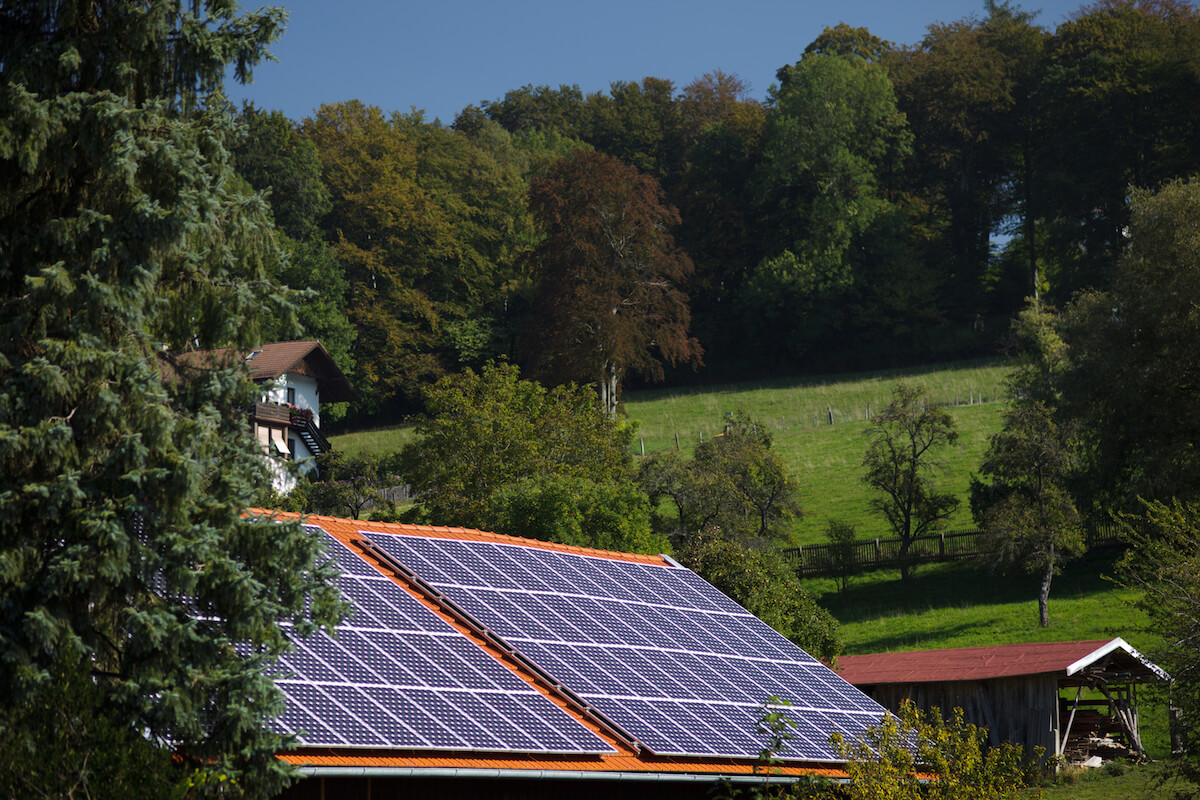
It has been a huge endeavor, and one we’ve thought about, learned about, and experimented with for many years. As such, I feel like we’re especially equipped to write this article on the practical considerations one must take to establish a living situation that’s entirely independent from the umbilical-like ties to the grid we grew up with.
If you are also looking to forge your independence and aren’t sure what all it entails, here are the considerations you’ll grapple with as you strike out on your own. I have a lot to say on this topic, so I’ve divided this article in two parts. This one is all about your living arrangements. The next all about utilities.
Let’s dive in.
Your Location
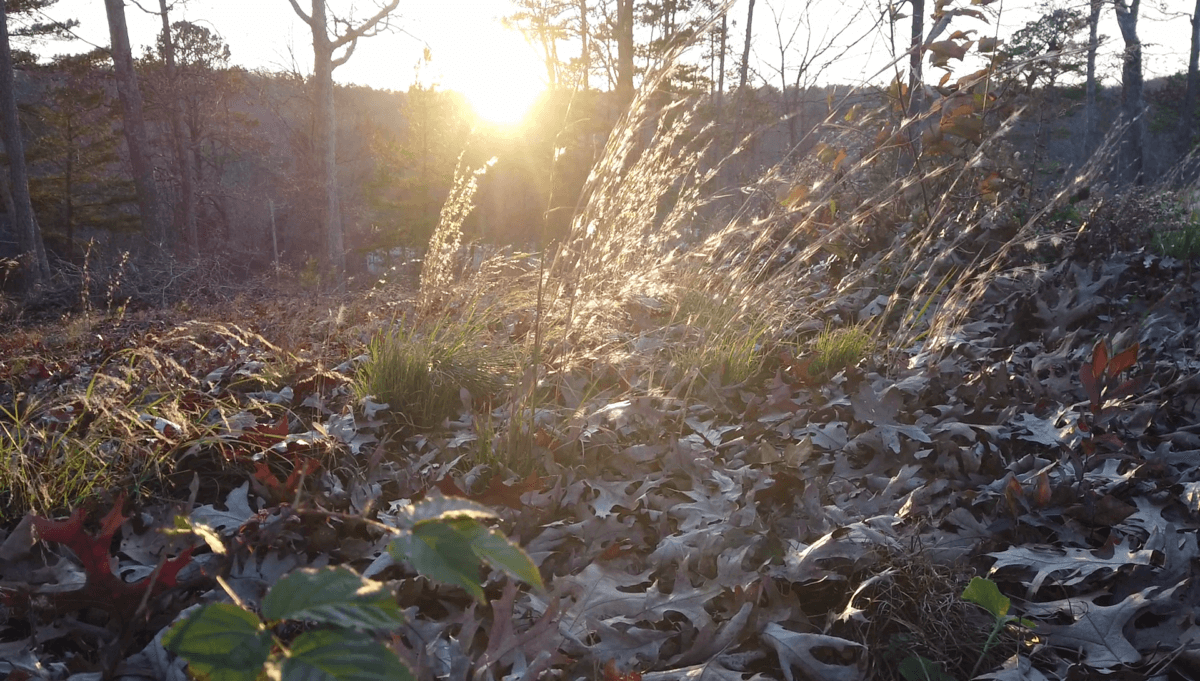
Off-grid living firstly depends on where you decide to go off-grid. The home’s features and climate adaptations must take the local climate into consideration — as a priority, not an afterthought. As you can well imagine, an off-grid home built in Hawaii is going to be an entirely different type of structure than the off-grid home built in Minnesota with features to suit the humid environment or large amounts of snow (respectively).
There’s no one-size-fits-all formula for choosing an ideal location and designing the home to suit it. You’ll either have to choose a place that suits your philosophy … or adapt your philosophy to suit your environment. Whether you’re in the hills or valleys, near the oceans or forest, or in a tropical or temperate climate, your specific off-grid setup will have to be custom-fit. Take the time to choose your location thoughtfully, and study it carefully to learn its nuances.
That said, it’s most likely you’ll have to find rural land. While it’s probably not impossible, it’s frustrating to try to go off-grid in the city or suburbs. There are too many hoops, HOA-hurdles, and a general lack of space to do what you need to do. Furthermore, you likely will not be able to build your self-designed, off-grid home in a place that is rife with building codes, legal requirements, and local regulations. If you can find a few acres in a backwoods backside of nowhere area, it will offer you the most opportunities to settle in and set up your self-sustaining systems (say that five times fast).
Your Home
Of course, the crowning jewel of the off-grid life is the off-grid home where you live. From the most rinky-dink, slapped-together shack to hyper-modern palaces of super-spendy off-grid opulence, every off-grid home is as unique as the individuals building it.
If you’re absolutely loaded, you can skip building a small house and pay people to do all the design and building work for you. Doing so, however, will run you many hundreds of thousands of dollars, which I assume is outside the financial reach for most of us. Another option is to buy a prefab home and adapt it to off-grid systems, which, though it limits your options, can give you a place to live rather quickly.
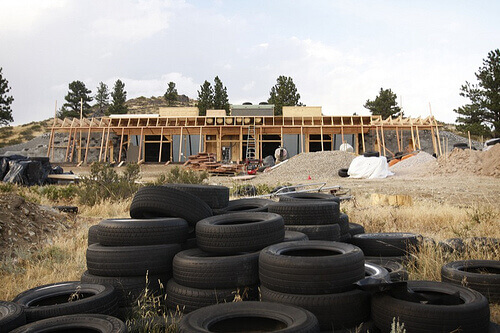
Some off-grid enthusiasts recommend hand building your home, since it gives you the most control and options. It can be the “cheapest” option as well — though it will cost you considerably in a different nonrenewable resource … your time. I personally believe you’re better off building your own home, however, as you’ll then understand every system inherently and instinctively. I’m well aware this is no small project, and one that will test your carpentry, masonry, and problem-solving skills to the brink. If you’re up to the challenge, however, building your home with your own hands is one of the most rewarding and meaningful projects anyone can take on.
There are many different styles of hand-built homes that are suitable for off-grid life, but not all are suitable for your environment or skill-set. You’ll have to do a lot of research and reading to figure out what type of alternative-style building is best for you. To get started, peruse my husband’s articles on an interesting array of different, eco-friendly construction methods.
- Alternative Building Methods: An overview of some common and not-so-common building methods.
- Cob Construction: One of the oldest building methods using easy-to-access materials of sand, straw, and clay.
- Earthbag Construction: This method can be literally, dirt-cheap.
- Straw Bale Construction: The big bad wolf of the Three Little Pigs story would have a hard time blowing down one of these houses.
- Rammed Earth: This method uses the local landscape to form your living space.
- Earth-Sheltered Homes: These partially or fully underground homes are anything but dank, damp caves.
- Cordwood Construction: Another way to use an easily-accessible resource (if you live in a forest, that is) to make a beautiful and functional home.
Food Storage

A refrigerator is a mainstay of the kitchen. But the refrigerator has only been a mainstay since the 1940s. Before then, folks used iceboxes, root cellars, or didn’t need refrigeration — they had traditional means of keeping food safe until it was time to eat. Electric, in-home refrigeration may have ushered in a new era of convenience, but it came at a huge cost. No, not utility bills. I’m talking about the abandoning generations of traditional knowledge.
Dry Storage
When you take your food storage off-grid, you have the chance to use the latest in modern innovation and run a refrigerator off your alternative power source … or go back in time to an age when refrigeration wasn’t necessary. Here are some options for the latter.
If you become adept at cooking your own food, you’ll find that a majority of pantry staples can actually be stored dry indoors. No need to hog up refrigerator space with beans, rice, cornmeal, or baked goods. Store them in bulk and cook when needed.
Icebox
The basic premise of an icebox is a well-insulated box partly filled with ice, then partly filled with food, allowing the ice to keep the food chilled as it slowly melts. When you go to a cookout with a cooler full of ice and drinks, you’ve essentially made a (messy) version of an icebox.
Purchasing daily ice isn’t a viable option (especially since the “ice block-delivery man” is a thing lost to history), so there needs to be a way to make and replace ice on a daily basis for an icebox to work. The good news is, I have found a solution is to fill plastic bottles with water (not all the way to allow for ice expansion), and then freeze them. This yields clean ice blocks that won’t melt and make things soggy, and the bottles are reusable. If you are in the middle of winter, making ice is as simple as filling bottles and setting them outside.
In nonfreezing seasons, however, you’ll need some alternative way to freeze your ice blocks, which usually means you’ll need some sort of perpetual access to a freezer. Freezers are a lot more energy efficient, particularly if they are well-filled, and they will use your stored solar, propane, or wind energy more effectively. You can freeze containers of ice, then transfer them to a cooler in the kitchen area on a daily or twice-daily basis, as needed. This gives you all the benefits of having access to ice and frozen goods, while still allowing you to keep milk, cheese, yogurt, and leftovers nicely chilled. This method only works if you really develop an ice-replacing rhythm. I’ve used this system for the past five years, canceling my need for a refrigerator.
I know another off-grid couple with an amicable neighbor who allows them to freeze ice in his freezer to run their icebox. You may say this is “not off grid enough” but they’re happy and the friendly system has worked for more than a decade.
Root Cellar
The cool, stable conditions of the earth have been used to hold and preserve food for thousands of years. Though primarily used to hold harvested roots through the winter, the cool conditions in the root cellar are also ideal for storing fermented food during the summer. Mike and Nancy Bubel’s book Root Cellaring is one of my favorite resources on the topic.
Preserving Food Without Freezing or Canning
You guessed it, I have another article on traditional methods of food preparation that don’t require freezing, refrigeration, or canning. Check it out to get some historical ideas.
Climate Control
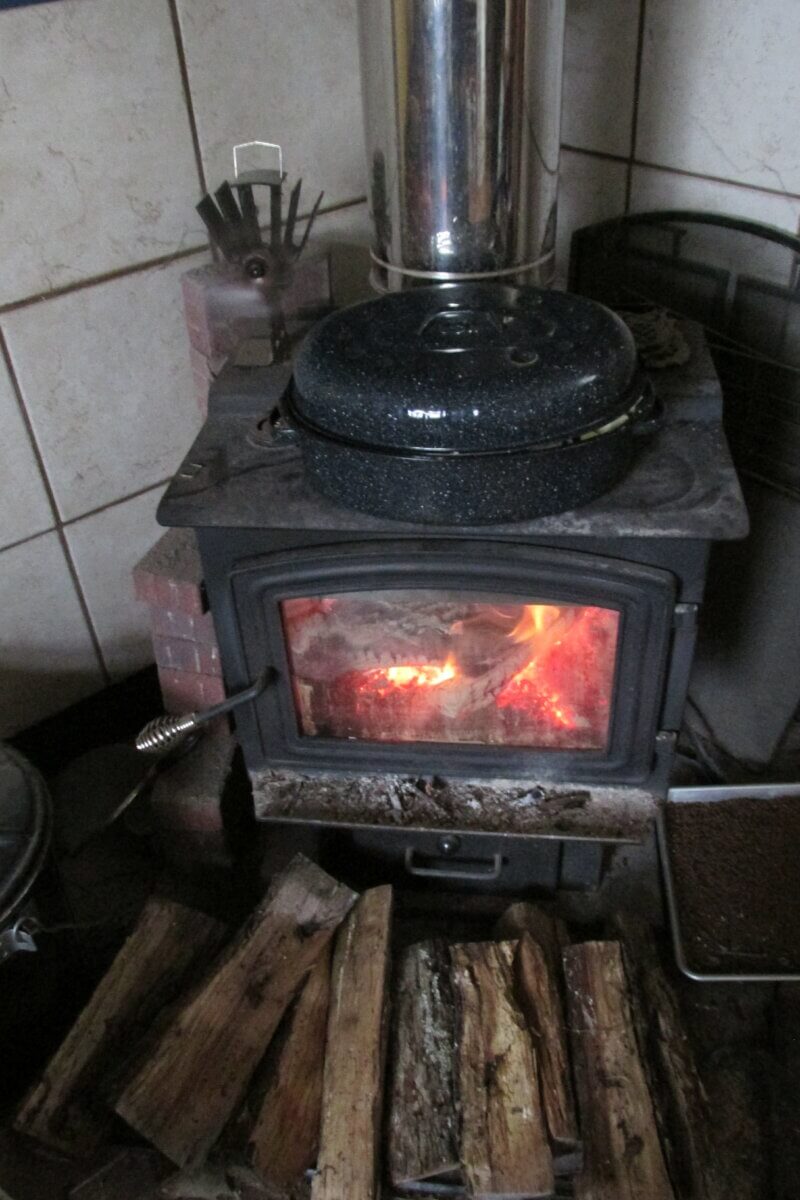
Heating
Staying warm during the winter is an incredibly important grid living endeavor, and one that requires a year’s worth of prep if you cut, season, and store your own wood fuel. Fire is a natural choice for off-grid heat, and since humans have partnered with fire for all of time, we’ve figured out a host of ways to bring it into our homes and keep us warm. I’ve got an earlier article on off-grid methods of warming your home.
A woodstove is an easy-to-install means of heat that can be fueled with material from your own land, but it’s not the only way to heat a home. If you’re building your home from scratch, you might also build in a masonry or rocket mass heater.
Of course, the most important element of off-grid heat is not the combustion chamber where the fire is housed, but the stockpile of fuel used to heat it. Securing a stable, storable supply of firewood or burnable fuel is one of the most important tasks for the off-grid homesteader’s year.
Cooling
While heating is absolutely necessary for winter survival, being cool in the summer is a little less crucial. You can survive being hot and sweaty, as long as you’re well hydrated and can find some refuge from direct sunlight. Air conditioning is a luxury, not a necessity.
Off-grid homes that are built of earthen walls or directly into the earth itself, are usually far cooler than their above ground, stick-frame counterparts. Many of them require no additional cooling during the summer — just a slight adjustment of expectations. And if the heat is really getting to you, it’s nice to know that fans are designed to use low energy and won’t suck your off-grid batteries dry.
For lots more on this, I’ve written yet another article with my best tips on how to stay cool off-grid.
Social Situations
I know this is a bit of a weird one to end with, but I have found it’s rarely mentioned in these sorts of articles. Going off-grid will seriously impact your social interactions with family and friends in ways you might not anticipate. You’re going to be the weirdo in the room, every time.
Those who don’t understand why you’ve gone off-grid (and don’t care to know) may reduce you to a one-dimensional caricature of what they think an off-grid person is. If something goes wrong — your kid breaks a leg or your car gets totaled — it may be blamed on the fact that you’re off-grid. You’ll have to get used to that.
I don’t say this to scare you off, of course. Just to clue you into the fact that going against the grain will always rub certain people the wrong way, no matter how kind and open you are. You’ll have to take it in stride, find the people who are your true friends and supporters, and let the criticism roll off your back.
Stay tuned for the next article all about utilities: Ways to keep your living situation warm, cold, flowing with water, and waste-free. These hard-won lists can be a useful beginning for anyone out there looking to find off-grid freedom and build their own, nonconventional life. As someone who started this journey more than 10 years ago … and is still right in the thick of it … I hope you now know there are others of us out here, working to establish our self-sustaining systems, use our resources wisely, and most of all, live the sort of life we want to live, not the one we inherited.



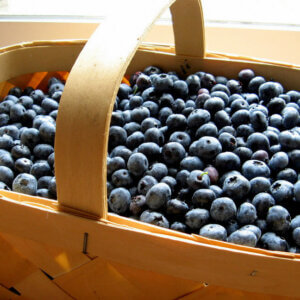
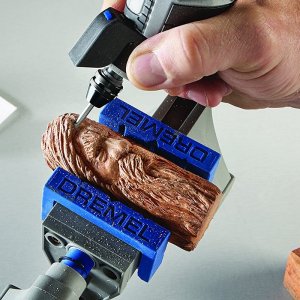

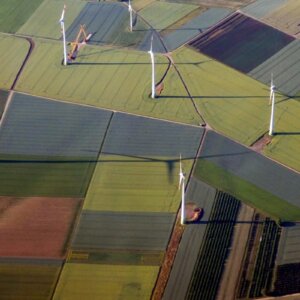
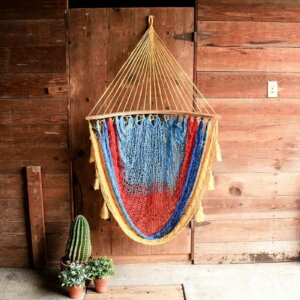


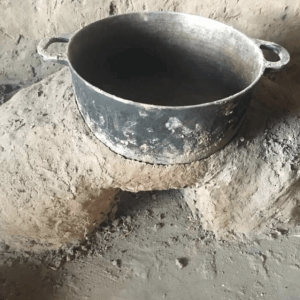








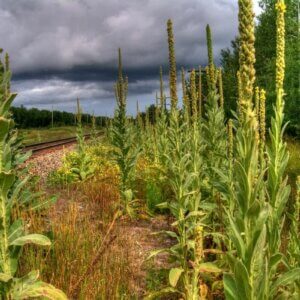

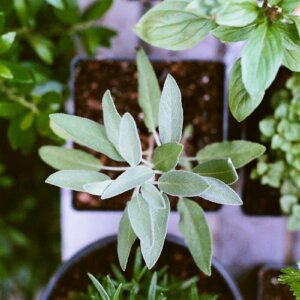

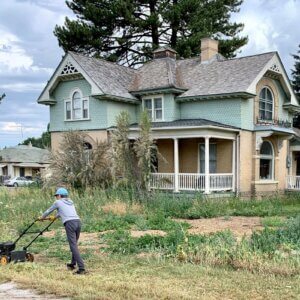
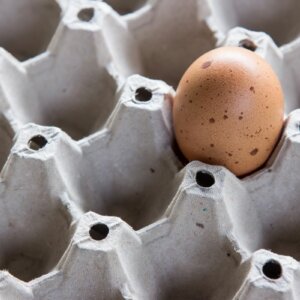







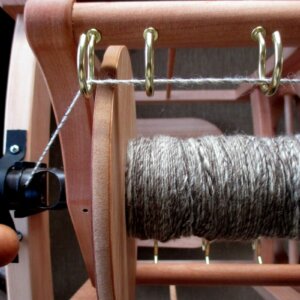

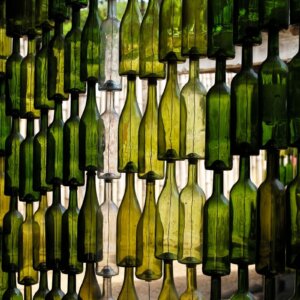


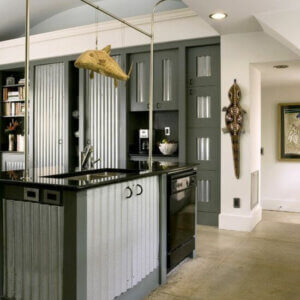

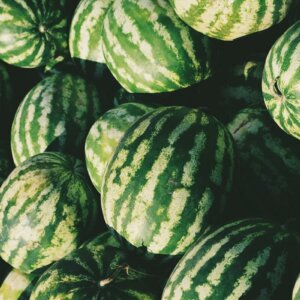

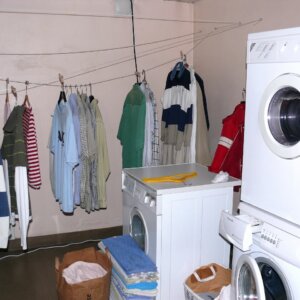
Leave a Reply